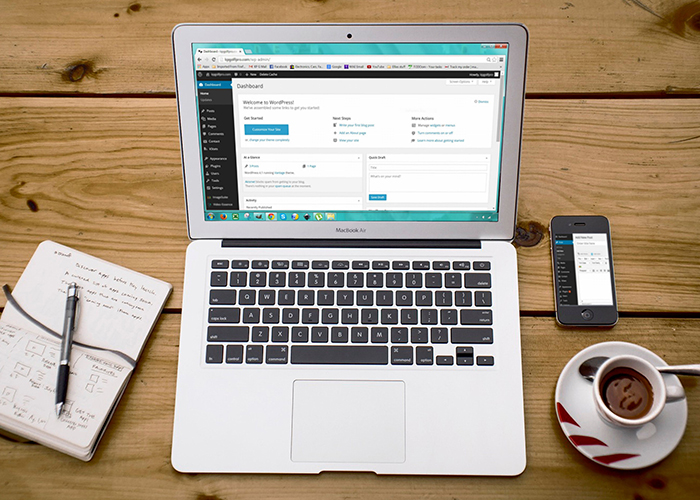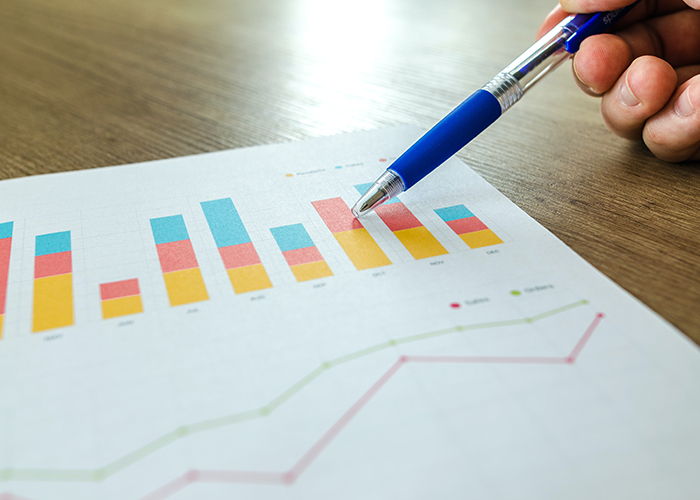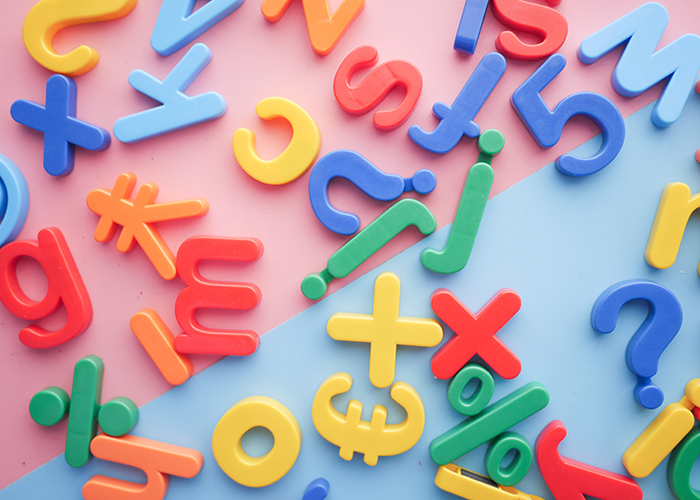There have been some shifts in what is perceived to be the preference when it comes to web design. However, the largest traffic consumers still maintain best practices from 2020 and possibly prior. Please note that these are all based on my personal observations, and are nothing more than that.
- From Minimalism to Maximalism: While minimalism remained popular in recent years, there has been a growing trend towards maximalism as of late. In 2022 and 2023, I have seen an increase in requests for more bold and vibrant designs with rich textures, layered elements, and complex visuals, allowing for more immersive and expressive experiences.
- Dynamic and Interactive Design: Websites are likely to become even more interactive and dynamic. Engaging microinteractions must be paired with animated illustrations and parallax scrolling, and designers will increasingly leverage interactive elements to captivate users and create memorable experiences.
- Sustainable and Ethical Design: Building on the eco-friendly design trend of recent years, sustainability and ethical considerations will continue to be significant. Websites will prioritize eco-conscious messaging, use sustainable color palettes, and integrate environmental initiatives to reflect social responsibility.
- Organic and Fluid Shapes: Design trends are expected to move away from rigid grids and sharp angles, embracing organic and fluid shapes. Curves, flowing lines, and irregular shapes will be employed to create a more natural and visually intriguing aesthetic.
- Augmented Reality (AR) and Virtual Reality (VR): With the advancements in AR and VR technologies, websites may incorporate these elements to provide immersive experiences. Users could explore products or spaces virtually, enhancing engagement and interactivity.
- Dark and Moody Designs: The popularity of dark mode is likely to continue, with an emphasis on deeper and richer dark color schemes. Moody designs, characterized by dramatic lighting, contrasting tones, and atmospheric visuals, will create a sense of depth and sophistication.
- Enhanced Accessibility Features: Web accessibility will remain a crucial aspect of design. Websites will prioritize inclusivity by implementing accessible features such as improved keyboard navigation, better color contrast, and optimized content structure for screen readers.
- Data Visualization: With an increasing emphasis on data-driven decision-making, websites will employ creative and visually appealing data visualization techniques. Infographics, charts, and interactive data displays will help users digest complex information easily.
- Personalization and Tailored Experiences: Websites will aim to deliver personalized and tailored experiences to users. Through data-driven insights, artificial intelligence, and machine learning, websites will adapt and customize content based on user preferences, behavior, and demographics.
- Mobile-First and Responsive Design Evolution: Mobile devices will continue to dominate internet usage, pushing designers to further prioritize mobile-first and responsive design approaches. Websites will optimize performance, loading speeds, and user experiences across a wide range of devices.
As with any prediction, it’s important to note that design trends can evolve rapidly. The mentioned trends for 2022 and 2023 are based on current observations and expectations, but the industry’s dynamic nature means that new and unforeseen trends can emerge as technology advances and user preferences evolve.




